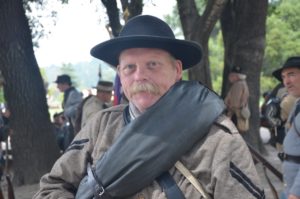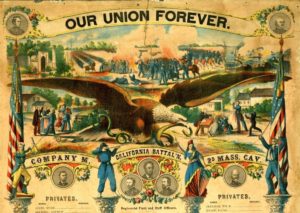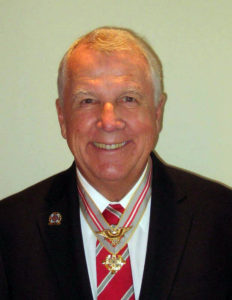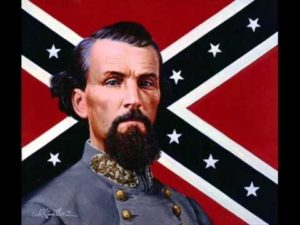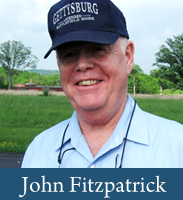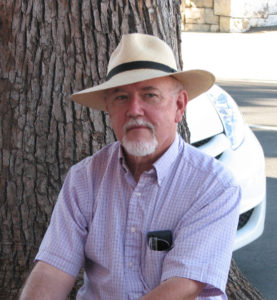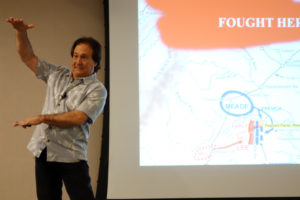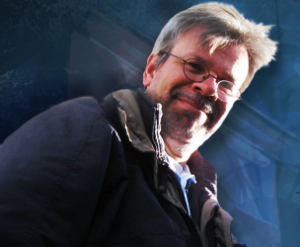Tom McMahon on “The Battle of Monocacy”
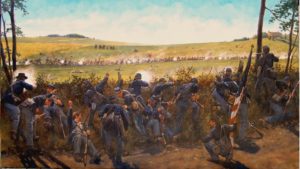 Along with the help of fellow member Rene Arcornero, Tom sought audience participation to investigate the Battle of Monocacy, 1864, a local defeat for the Union Army that had tangible far reaching good results for the United States. The presentation will conclude in November.
Along with the help of fellow member Rene Arcornero, Tom sought audience participation to investigate the Battle of Monocacy, 1864, a local defeat for the Union Army that had tangible far reaching good results for the United States. The presentation will conclude in November.
Tom is a third generation San Franciscan whose ancestral people came from the devastating Irish Potato Famine in the mid 1800s, miners who never set roots on the East Coast, settling in Butte, Montana, Virginia City, Nevada, and San Francisco. One great grandmother is said to have traveled by boat to the Isthmus of Panama, crossing by donkey, and sailing to the City by the Bay around 1856. The closest any of Tom’s relatives came to the American Civil War was Grandpa Alexander John McMahon’s mining much coveted silver in the Comstock mines of Virginia City, where Tom’s father was born in 1881. Maternal grandfather James Bresnahan was born in San Francisco in 1866, five years after the fall of Fort Sumter and a year after the aassassination of President Lincoln. Unfortunately none of these pioneer people were alive when Tom was born on November 16, 1928. There was once a day when Tom used this historical background with ease, yet now approaching 89 relies on a dimming memory, research, and carefully prepared written notes.
Tom has worn a variety of hats in a rich, happy, and varied life, married 40 years to Elaine with two sons and five grandchildren who live in San Bruno and Santa Clara. Best described as teacher, this talent has permeated 26 years of Catholic priesthood that includes being a commissioned officer chaplain in the U.S. Army, 70 years of kindergarten, grade, high school, college, and adult education of self and others. In 1977 Tom was licensed by the State of California as a mental health therapist working mainly with teens who had run away from home in a decades long study of the changing American family, nationwide as well as local. Tom has written weekly for 11 years a worldwide internet column out of Sydney, Australia, on religion and spirituality in the age of modern technology.

